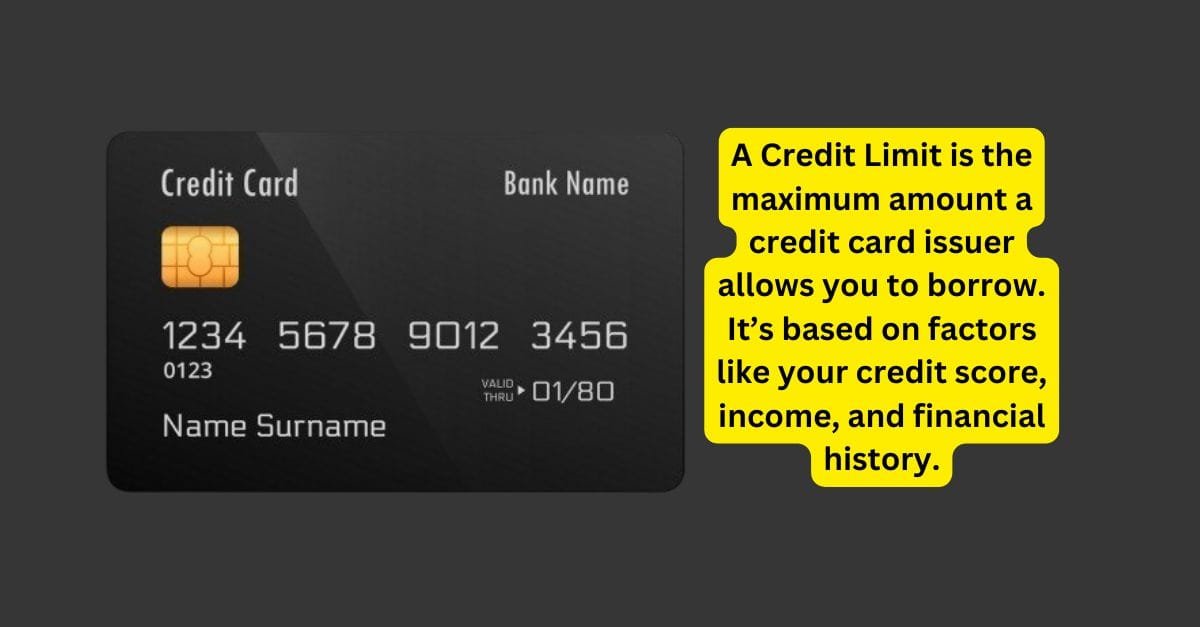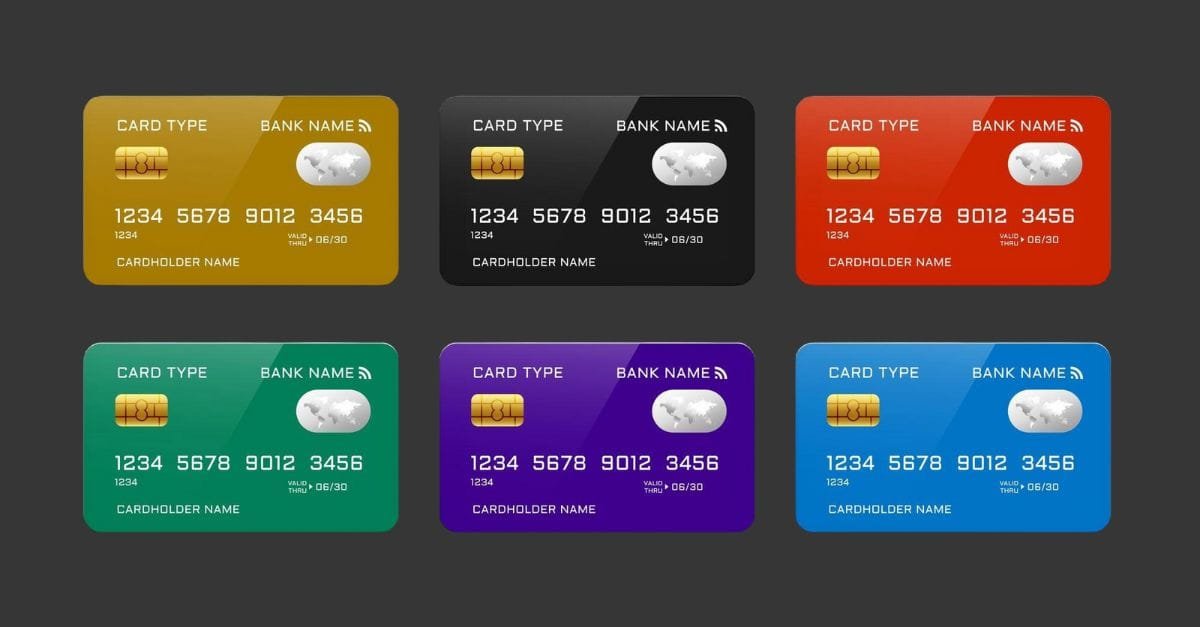Can I Get a Credit Card with a $5,000 Limit? | Tips & Cards to Consider

Table of Contents
What is a $5,000 Credit Limit?

A $5,000 credit limit refers to the maximum amount you can charge to your credit card at any given time. It’s important to note that your available credit will decrease as you make purchases and will increase again as you make payments.
A $5,000 limit is higher than the average credit card limit, which is typically around $13,000 in the U.S. However, this varies based on your credit profile and financial behavior. While this limit is not the highest available, it is still beneficial, especially for those with fair to good credit.
Can I Get a Credit Card with a $5,000 Limit?
Yes, you can get a credit card with a $5,000 limit if you have good to excellent credit, a high income, and minimal debt. Premium cards like the Chase Sapphire Preferred® Card often offer credit limits of $5,000 or higher, provided you meet these financial qualifications.
Even if your credit score is on the lower end, it’s still possible to get a $5,000 credit limit. In such cases, you may need to apply for a secured credit card, where you deposit $5,000 upfront. This deposit typically acts as your credit limit, ensuring you don’t spend more than you can afford to repay.
Can I Qualify for a Credit Card with a $5,000 Limit?
To qualify, you typically need to meet certain criteria, such as:
- Credit Score: A score of 700 or higher is usually required to secure a card with a $5,000 limit. This indicates good to excellent credit.
- Income: Higher income levels increase your chances of approval for a higher credit limit.
- Debt-to-Income Ratio: A low debt-to-income ratio, which shows you have manageable debt compared to your income, is another key factor.
- Credit History: A solid history of on-time payments and low credit utilization will work in your favor.
For those with less-than-ideal credit, it may still be possible to obtain a $5,000 limit, but you may need to apply for a secured credit card. With secured cards, you make a deposit that serves as your credit limit, reducing the risk for lenders. Cards like the Bank of America Customized Cash Rewards Secured Credit Card are good options for rebuilding credit with higher limits.
Best Credit Cards for a $5,000 Limit

Several credit cards have the potential to offer a higher limit. Some popular options include:
- Chase Sapphire Preferred® Card: A premium card known for high rewards and a potential limit of $5,000 or more, ideal for those with good credit.
- Chase Freedom Unlimited® offers a no-annual-fee option with the potential for a $5,000 limit, perfect for everyday purchases and rewards.
- Wells Fargo Reflect® Card: This card features a 0% intro APR period and a possible higher limit for qualified applicants.
- Bank of America® Customized Cash Rewards Secured Credit Card: A great option for those with bad credit looking to secure a $5,000 limit through a deposit.
How to Get Approved for a $5,000 Credit Card Limit?
To improve your chances of securing such a card, follow these tips:
- Maintain a Good Credit Score: Aim for a credit score of at least 700. If your score is lower, consider improving it before applying.
- Reduce Your Existing Debt: Lenders prefer applicants with minimal outstanding debt. Lowering your debt-to-income ratio can improve your approval odds.
- Consider a Secured Card: If you have poor or no credit, a secured credit card can help you build your credit and eventually increase your limit.
Why a Higher Credit Limit Matters
Having a higher credit limit offers several advantages. A higher credit limit can help lower your credit utilization ratio—the percentage of available credit you use—which in turn can boost your credit score. For example, if you have two cards, one with a $5,000 limit and one with a $2,000 limit, using $2,500 on the $5,000 card lowers your utilization rate, improving your credit profile.
Conclusion
In summary, getting a credit card with a $5,000 limit is certainly possible, particularly if you have good credit, a stable income, and low debt. If your credit isn’t perfect, consider applying for a secured credit card to help rebuild your credit while working towards a higher limit.
Frequently Asked Questions (FAQs)
What is Available Credit?
Available credit refers to the unused portion of your credit limit. For example, if your total credit limit is $10,000 and you’ve used $5,000, you would have $5,000 in available credit. Available credit can change throughout the billing cycle depending on your spending and payments. It’s important to monitor your available credit to ensure you stay within your limit and avoid fees.
What is the Minimum Payment on a $5,000 Credit Card Balance?
The minimum payment on a $5,000 credit card balance is typically at least $50, plus any applicable fees, interest, or past-due amounts. If you miss a payment, the credit card issuer may add a late fee to your minimum payment. The exact formula for calculating your minimum payment can be found in the card’s terms and conditions. It's essential to keep track of these fees to avoid increasing your balance.
What's the Best High Limit Secured Credit Card?
The NIH Federal Credit Union Platinum Secured Card is considered the best high-limit secured credit card. With this card, you can get a credit limit of up to $25,000, depending on your security deposit. There’s no annual fee, and it’s available to anyone who qualifies for credit union membership by joining the American Consumer Council for free. This card is ideal for those with bad credit looking to rebuild their financial standing.
What is the Average Credit Limit?
The average credit limit on a credit card ranges from $500 to $10,000, depending on factors like your credit score and the type of card. According to Experian™, the average total credit limit across multiple cards was approximately $30,000 in 2021. For specific age groups, the average credit limit in 2022 was:
- Baby Boomers: $40,000
- Gen X: $36,000
- Millennials: $30,000
- Gen Z: $11,290
Older individuals typically have higher credit limits due to more time spent building credit history.






